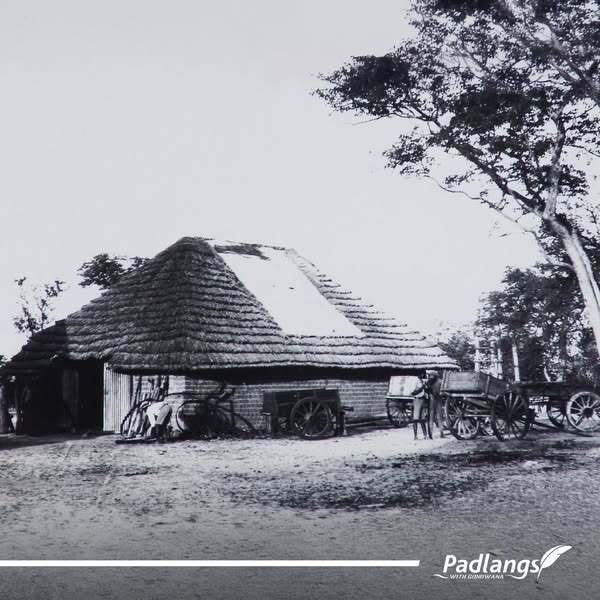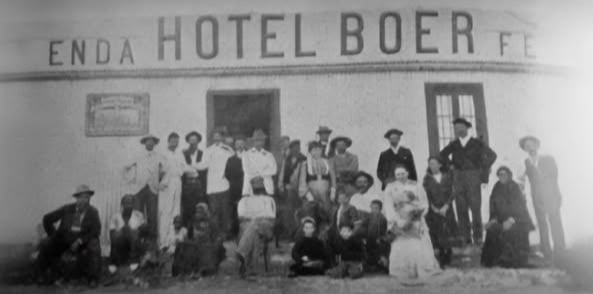The name Ongwediva translates into English as “the waterhole of the leopard” – a reference to the spotted cats that once frequented a seasonal waterhole in what is today referred to as “Old Ongwediva”.
Set amongst attractive leafy surroundings, Ongwediva is a pleasant town and is sought after by residents working in nearby Oshakati. As the commercial sectors in Ondangwa and Oshakati were already well developed when Ongwediva was proclaimed in 1993, it positioned itself to become the service hub of northern Namibia. It has several modern shopping malls, retail stores and a state-of-the art private hospital, as well as a wide variety of service businesses. Accommodation options range from bed-and-breakfast establishments and guest houses to comfortable hotels.

Ongwediva becomes a hive of activity when it hosts the Ongwediva Annual Trade Fair. The first trade fair was held way back in 2000 and it soon developed into the biggest trade fair in northern Namibia.
Ongwediva has long been the education centre of northern Namibia and boasts the highest number of educational institutions in the north in relation to its population. An industrial school for men was established on the banks of the Oshana Okatana by the Finnish Mission Society in 1927. Learners were taught eight school subjects for 17 hours a week while a further 28 hours a week were devoted to vocational training in carpentry, agriculture, cattle rearing, gardening and blacksmithing. The school had 36 male learners in 1928 and training was later extended to females who were taught crafts such as dressmaking, basketry and furniture-making. The teachers training centre founded at Oniipa by the Finnish Mission Society in 1913 was relocated to Ongwediva in 1955.
Ongwediva was established as a residential area for government officials working in Ondangwa and nearby Oshakati in the 1960s. The first session of the Owambo Legislative Council was officially opened by the South African Minister of Bantu Administration and Development and of Bantu Education MC Botha at Ongwediva on 17 October 1968.
The town was also developed as an education centre for Owambo in line with the Odendaal Plan. The South African administration assumed financial responsibility for the teachers training centre in 1964 and a new centre, the Ongwediva Training College, was opened in 1971. The A-shaped hall with its abstract motifs is the centrepiece of the campus and can accommodate 1000 students. The college was subsequently renamed the Ongwediva College of Education and integrated into the northern campus of the University of Namibia, which was renamed the Hifekepunye Pohamba campus, after Namibia’s second president, in 2010.

The Eluwa Special School for the Visually and Hearing Impaired, the first educational centre of this kind in the north, was opened in 1973. It started with 20 deaf and 20 blind learners and four teachers who had undergone a five-month course in special education in South Africa. It is the only government school in the north of the country catering for children with special education needs.
Consolidated Diamond Mines (CDM), now Namdeb (an abbreviation for Namibia and De Beers), financed the establishment of the Valombola Vocational Training Centre in 1979. Welders, plumbers, motor mechanics and carpenters were trained at the centre. The centre resorted under the education ministry after independence, but responsibility for vocational training centres was subsequently transferred to the Namibia Training Authority (NTA).
UNAM’s Faculty of Engineering and Information Technology is located on 13 hectares of land made available by the Ongwediva Town Council. The ground-breaking ceremony of phase 1 was held in November 2007 and the faculty was completed at a cost of over N$150 million with funds provided by the government. The first 30 students graduated with a Bachelor of Science in Engineering (Honours) in May 2013. Further expansions were made with a grant from the Indian government and finance provided by the German government through KfW. The campus was named after Angola’s second president, José Eduardo dos Santos, in June 2014.








.png)

SUBMIT YOUR COMMENT